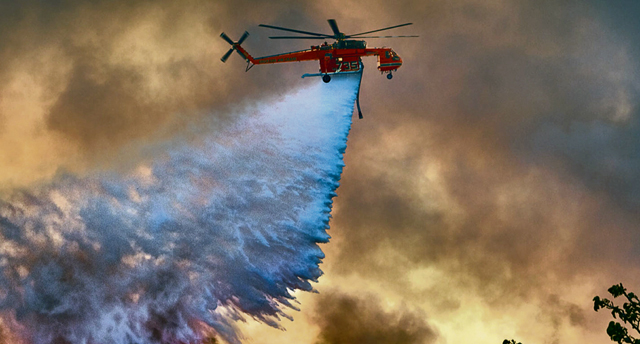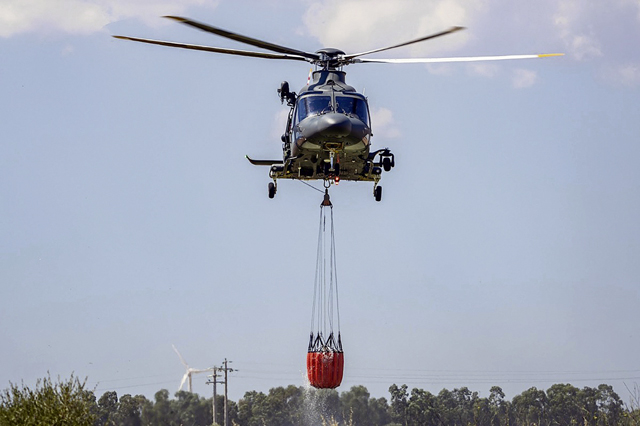
Allied air forces and armed forces are integrating their capabilities and equipment, assisting national efforts to extinguish wild fires raging in many countries helping protect populations and contain damages.
“Aerial firefighting missions are among the most complex in aviation, as crews have to deal with the classic elements of water, earth, fire and air. We are grateful that you help keep us all safe.”
Climate change has created natural disasters in countries worldwide from floods to catastrophic wild fires. This year, again, many Allied countries have been devastated by wildfires in the last few weeks. We witnessed forest fires e.g. in Portugal, Spain, France, Italy, Greece, Slovenia, Croatia, Turkey, the United States and Canada. However, climate change affects not only the southern countries, but also hits in the north like the Czech Republic and Germany.
As the affected nations are mustering all their civilian emergency services to fight fires around the globe, the military makes available their unique equipment both on the ground and in the air to support the national firefighting efforts. Using planes and helicopters allows the firefighting crews to respond quicker in hard to reach areas with extinguishing material, which otherwise would take longer with traditional firetrucks.

The mission of Allied Air Command is to collectively support enduring operational deployments under national and Alliance security, and — at the moment specifically — NATO’s air shielding posture along the eastern flank.
“The Allied air forces — together with the civilian and military emergency services — are doing their best to help protect the populations put in danger by the widespread fires that have been impacting virtually all countries over the last weeks,” said Lieutenant Colonel Panagiotis Filis a career pilot of CL-215 firefighting aircraft with the Hellenic Air Force and now a member of Allied Air Command. “Aerial firefighting missions are among the most complex in aviation, as crews have to deal with the four classic elements of water, earth, fire and air. We are grateful that you help keep us all safe,” he added.
Allies help each other with their specially adapted aircraft, whether it is concerted firefighting action or one nation helping put out fires in another. All efforts emphasise the close coordination of both civilian and military measures.
These activities provide the context for NATO’s broader approach to security that considers climate change concerns. The Alliance established an ambitious Climate Change and Security Action Plan in 2021 that offers a comprehensive strategy; including a 360-degree approach and steps to raise Allied understanding of the effects of climate change on security. In addition to greater outreach and explicit adaptation and mitigation strategies, it also makes sure that a credible deterrent and defense posture is maintained.
Read more at http://nato.int/cps/en/natohq/topics_91048.htm.
The mutual support of European countries in their efforts to fight wild fires also takes place within the framework of the RescEU. The overall objective of this EU Civil Protection Mechanism is to strengthen cooperation between EU Member States and six participating States in the field of civil protection, with a view to improving prevention, preparedness and response to disasters.


